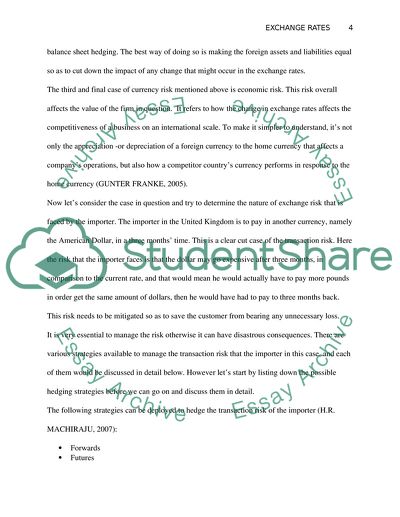Cite this document
(“Exchange Rates Essay Example | Topics and Well Written Essays - 2000 words”, n.d.)
Exchange Rates Essay Example | Topics and Well Written Essays - 2000 words. Retrieved from https://studentshare.org/finance-accounting/1619724-exchange-rates
Exchange Rates Essay Example | Topics and Well Written Essays - 2000 words. Retrieved from https://studentshare.org/finance-accounting/1619724-exchange-rates
(Exchange Rates Essay Example | Topics and Well Written Essays - 2000 Words)
Exchange Rates Essay Example | Topics and Well Written Essays - 2000 Words. https://studentshare.org/finance-accounting/1619724-exchange-rates.
Exchange Rates Essay Example | Topics and Well Written Essays - 2000 Words. https://studentshare.org/finance-accounting/1619724-exchange-rates.
“Exchange Rates Essay Example | Topics and Well Written Essays - 2000 Words”, n.d. https://studentshare.org/finance-accounting/1619724-exchange-rates.


